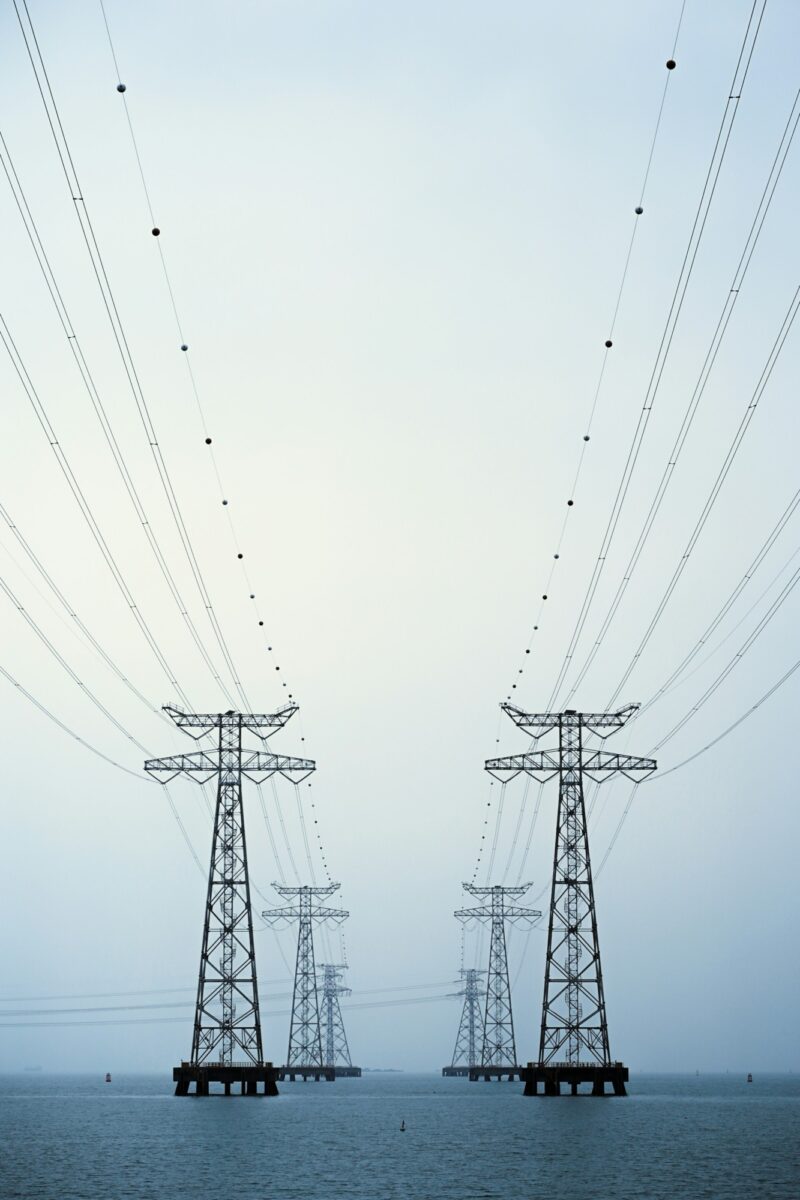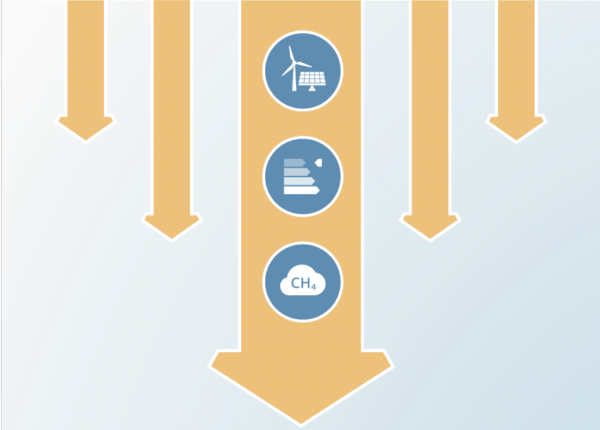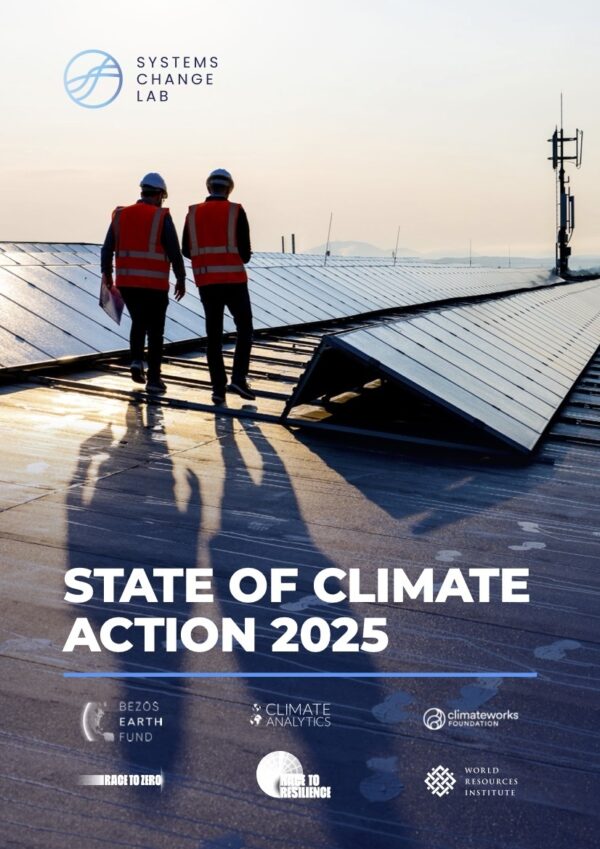The global climate risks of Asia’s expansive carbon capture and storage plans
Authors
Share

Asia, whose economies generate more than half the world's fossil fuel and greenhouse gas emissions, plays a defining role in global climate action under the Paris Agreement. How fast these major regional economies reduce emissions will have a huge impact on whether peak global warming can be limited to 1.5°C or close to that level, with a limited period of overshoot, before returning to below 1.5°C before the end of the century.
This report focuses on the implications of Asia’s growing promotion of carbon capture and storage (CCS) as a pathway for meeting the Paris Agreement goals.
We assess the current pipeline and prospective future deployment of CCS in Asia, looking at some of its largest and/or most influential economies, energy users, and emitters: China, India, Japan, South Korea, Indonesia, Thailand, Malaysia, and Singapore, as well as key regional partner Australia (which has strong integration with Asian fossil fuel trade and CCS plans).
Asian countries considering carbon capture and storage (CCS) to address fossil fuel emissions could create a "considerable and unnecessary risk" not only to the Paris Agreement, but also to their own economies. If they were to fully embrace this risky technology, this could lead to an extra 25 billion tonnes of emissions pumped into the atmospher by 2050.
CCS has, to date, had a poor track record: technical issues have meant its capture rates have failed to meet anything like industry claims, capturing, at best, around 50% of emissions, but often considerably less, with a large proportion of those captured emissions used to extract more fossil fuels.
CCS also comes at enormous cost compared with renewable energy and electrification. If deployed CCS continues to fail as it has thus far, this will lead to continued use of unabated fossil fuels and resulting emissions.











